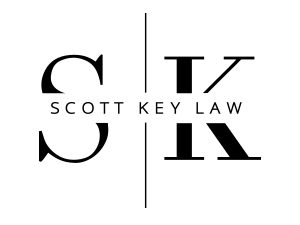Using Visuals at Oral Argument is Not an Appealing Proposition
Last week, I came to the Supreme Court to watch the parties argue a case where I had written the amicus brief. With no pressure on me, I could pay closer attention to the lawyers than I usually do.What I took from the session I watched was a bunch of questions about whether to use visuals at oral argument and how best to do It. I’ve been wondering about these things for quite some time. But a couple of things happened to make me think some more about whether visual aids at oral argument are a good idea.
The lawyer for the appellant in the first case, one of the best appellate lawyers in the business, had a Keynote presentation on his iPad. The visuals were good for conveying some points about a statute at issue in the case. The trouble is that the argument began with a bit of a hiccup. The slides on the iPad did not come on when he started. What followed shortly afterward was a few moments of awkwardness as the Chief Justice reminded him that his time was running while he tried to fix the exhibit. Moments later, all was saved. Someone came to the lectern to assist, and the visuals were up and running. The lawyer remained calm during the moment it took to get the visuals up and running, and they ultimately became an effective part of the argument. I hope that I, too, would have remained calm. But, I’m not sure I would have. Keynote and Powerpoint can work great with juries. But I haven’t quite figured out how to integrate it into appellate oral argument yet. And I am not sure that I am going to try it again for a while. I’ve found that it to be one more thing to worry about. And when you represent the appellant in criminal appeals there’s plenty to worry about already. To illustrate, let me move to my own story from the last case I argued there.
